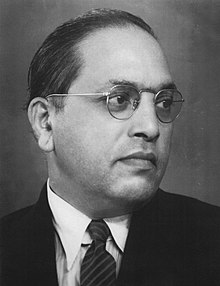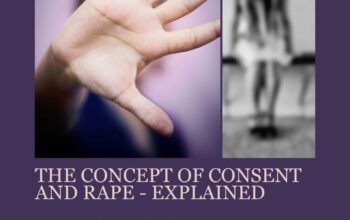Hindus have always been divided more and united less on the issue of caste. The Varna system in Dharamshastras divide Hindus into 4 classes ; Brahmins, Kshatriyas, Vaishyas and Shudras. These classes were originally distinguished on the basis of the work performed by them, and hence, an individual could change his class after his change in qualification. Brahmins were the one who used to be priests, Kshatriyas the military class, Vaishya the merchant class and Shudras the artisan and menial class.
Here, it is pertinent to understand that there is a difference between caste and class. According to Dr. Ambedkar, the sub-divisions of the society have lost the open-door character of the class system and have enclosed themselves in units called ‘castes’. He submits that some closed this door themselves and others found it closed against themselves.
In his book ‘Castes in India’, Dr. Ambedkar talks about the mechanism, genesis and the development of castes in India. Through this article, we intend to bring forward a brief account of the reasons and logics given by the chief architect of our Constitution for the caste system among Hindus in our country.
‘As long as caste in India does exist, Hindus will hardly intermarry or have any social intercourse with outsiders; and if Hindus migrate to other regions on earth, Indian caste would become a world problem’ – Dr. B. R. Ambedkar
Genesis means the origin of something. According to ethnologists (academicians who compare and analyse the characteristics of different people and relationships among them), India is a mixture of Aryans, Dravidians, Mangolians and Scythians. These people from different backgrounds, cultures and directions came to India, centuries ago and settled down here as peaceful neighbours to each other. They evolved a common culture through mutual intercourse and contact. According to Dr. Ambedkar, ‘there hasn’t been a thorough merger of the above noted different units, and that’s why there is a contrast among people of the east and the west, and similarly the north and the south. The basis of homogeneity in a country is the unity of culture and accordingly, due to this homogeneous culture followed by Hindus in the entire country, caste becomes an issue difficult to be explained. He believed it would have been simpler to explain caste system if the Hindu society were a federation of mutually exclusive units’.
He claimed that the sole reason responsible for caste system in India is ‘Endogamy’ i.e. the absence of intermarriage among different units of population. In his opinion, caste means separating different fixed and definite units of the population and preventing them to marry in another unit. Also, people in India have been foreigners to the fact of endogamy as in primitive times, there used to be the custom of marrying outside the community or clan, i.e. exogamy, but with growth, people have started marrying in the nearest community except for their blood-kins. In Hindus, people do not marry between their blood-kins, known as sapindas, and marriage between the same class known as sagotras is also considered as sin.
As far as the origin of the class system is concerned, Dr. Ambedkar held the ‘Brahmin’ class responsible for it due to their strict observance of the customs and considering themselves socially superior as the priestly class in all ancient civilisations. But he believed that the Brahmins were not responsible in imposing the caste system on the non-Brahmin population. The reason why non-Brahmin classes became endogamous is that they started imitating the Brahmin caste whole-heartedly.
Babasaheb believed that with exogamy as rule, which means fusion of different clans, there could be no caste in India.




